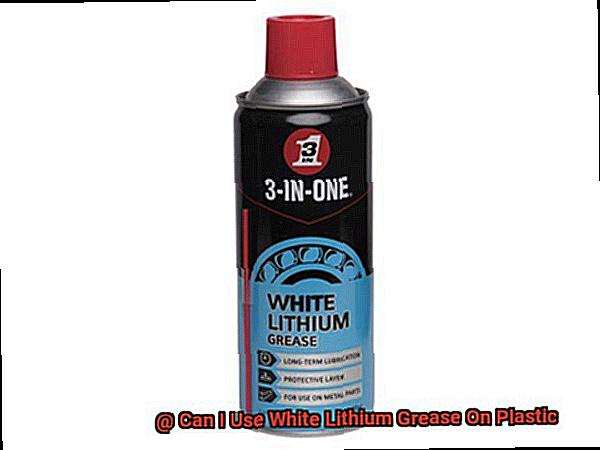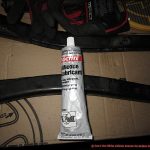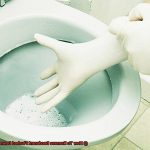Can I Use White Lithium Grease On Plastic
Are you considering using white lithium grease on plastic parts? It’s a common question that many people ask, but the answer isn’t always clear. White lithium grease has been used for decades to lubricate metal components and protect against rust and wear. But is it suitable for use on plastic parts too?
In this blog post we’ll explore the benefits and drawbacks of using white lithium grease on plastic, as well as providing some tips for safe application. We’ll also discuss alternative lubrication techniques that may be more suitable for certain types of plastics. So, if you’re wondering whether or not white lithium grease is the right choice for your plastic parts, read on.
White lithium grease provides excellent resistance against rust, corrosion, and wear – making it a popular choice for metal components. However, these same characteristics can be beneficial when applied to certain types of plastics too. There are some important aspects to consider when using white lithium grease on plastic parts though – such as ensuring the part is thick enough to withstand the lubricant or that it won’t damage the plastic over time if applied incorrectly or too heavily.
We’ll discuss all this in greater detail in this blog post and provide tips on how to safely use white lithium grease on plastic parts in order to ensure their durability and longevity. So, if you want to know more about how to use white lithium grease on plastic parts correctly, keep reading.
Contents
- 1 Types of Plastic and their Compatibility with White Lithium Grease
- 2 The Pros and Cons of Using White Lithium Grease on Plastic
- 3 How to Determine the Right Amount of White Lithium Grease for Your Plastic Parts
- 4 How to Properly Apply White Lithium Grease on Plastic Parts
- 5 Common Mistakes Made When Using White Lithium Grease on Plastic Parts
- 6 Tips for Maintaining and Cleaning Plastic Parts After Applying White Lithium Grease
- 7 Alternatives to White Lithium Grease for Lubricating Plastic Parts
- 8 Conclusion
Types of Plastic and their Compatibility with White Lithium Grease
White lithium grease is a popular choice for lubricating plastic parts, but not all plastics are compatible with this form of lubricant. To ensure that your plastic parts work properly and avoid any future problems, it’s important to understand the types of plastics and their compatibility with white lithium grease.
The two main types of plastic are thermosets and thermoplastics. Thermosets are typically stronger than thermoplastics, but they have low compatibility with white lithium grease due to their chemical structure. On the other hand, thermoplastics can be melted and reformed multiple times without losing their original properties, making them more compatible with white lithium grease.
Even when using thermoplastics, it is essential to consider the specific type and grade before applying any kind of lubricant. For example, some plastics may contain additives or coatings that can be affected by white lithium grease.
To ensure compatibility, it is always best to check with the manufacturer or perform a small test on the plastic beforehand.
Lastly, when using white lithium grease on plastic parts or components, it is important to use the right amount of grease – too much will result in build-up on the plastic which can attract dust and debris and cause premature wear.
The Pros and Cons of Using White Lithium Grease on Plastic
The answer isn’t straightforward; there are both advantages and disadvantages to using this type of grease on plastic surfaces.
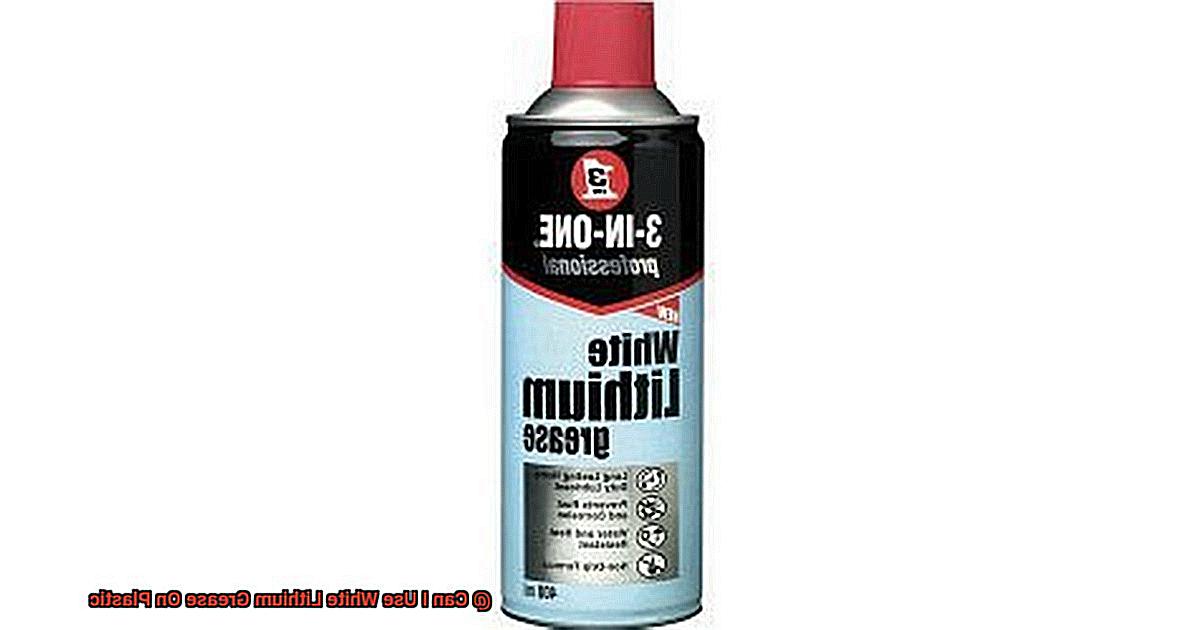
One of the most beneficial aspects of using white lithium grease on plastic is its long-lasting lubrication. This can reduce friction and wear between the plastic components, potentially extending the life of the equipment. Additionally, white lithium grease has water-resistant properties, making it a great choice for outdoor applications that require moisture resistance.
However, there are some potential drawbacks to using white lithium grease on plastic. Some types of plastics may not be compatible with petroleum-based products such as white lithium grease, which can cause damage or weaken the plastic over time.
Additionally, when used in high-temperature environments, it can harden and become less effective as a lubricant, resulting in additional wear on the plastic components. It’s also important to use the correct amount of white lithium grease – too much will result in buildup and produce dust and rubble.
When deciding whether or not to use white lithium grease on plastic parts, it’s important to consider all these factors carefully.
How to Determine the Right Amount of White Lithium Grease for Your Plastic Parts
When it comes to lubricating plastic parts, the right amount of white lithium grease is essential in ensuring their optimal function. Too much of this type of lubricant can cause build-up and attract dirt and debris, leading to clogging of the parts.
On the other hand, an under-application can lead to decreased lubrication and ultimately increased wear and tear of the parts. So how do you determine the right amount of white lithium grease for your plastic parts?
The answer lies in considering a few key factors.
Firstly, identify the specific kind of plastic that needs lubrication. Some plastics are more porous than others, and they may require more grease to ensure proper lubrication.
Secondly, consider the climate in which your plastic parts will be exposed to – if they are in a region with extreme temperatures or harsh weather – you may need to use more white lithium grease than normal.
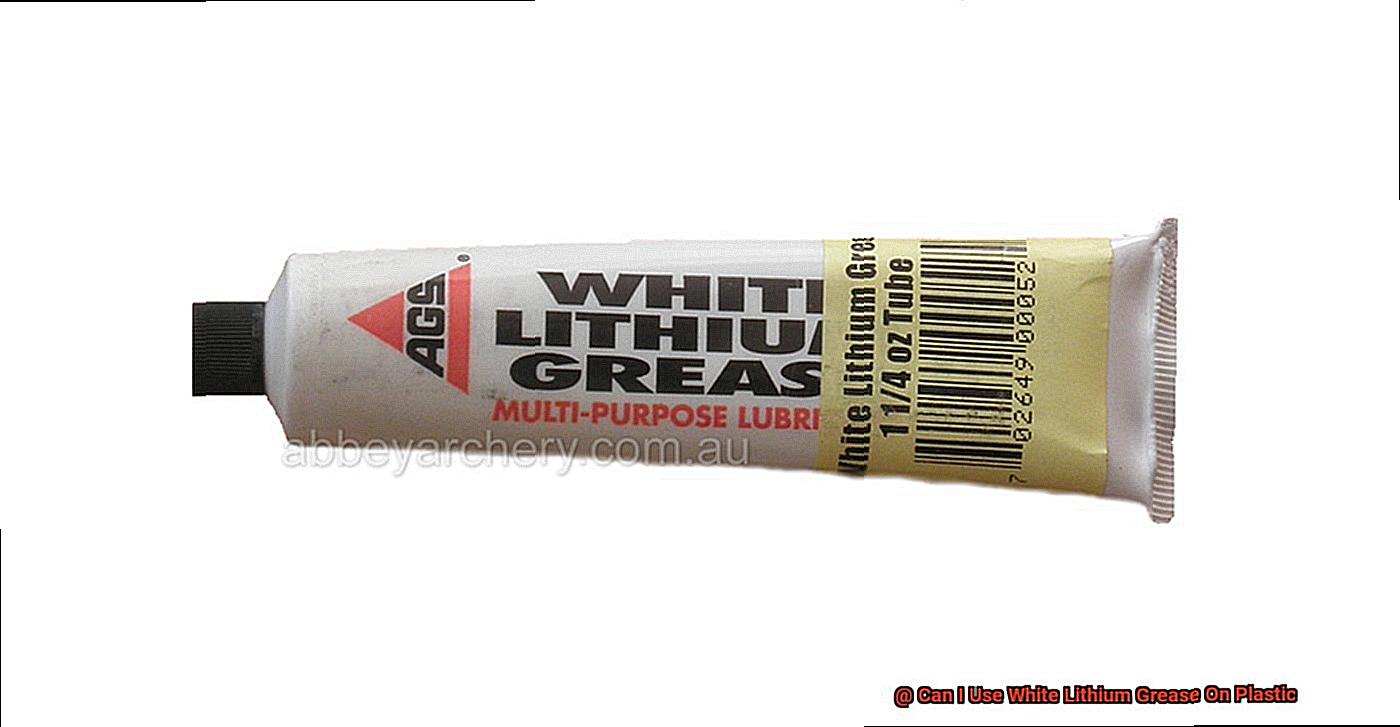
When applying white lithium grease on plastic parts, it is important to use the appropriate tools for an even distribution across their surface. A small brush or microfiber cloth can be used for this purpose. It is also recommended to avoid applying white lithium grease on any plastic parts that come into contact with food or drinking water.
Lastly, before you apply any grease on your plastic parts, make sure they are clean and free of any debris. This will ensure maximum contact between the grease and the plastic part’s surface for optimum protection against wear and tear.
How to Properly Apply White Lithium Grease on Plastic Parts
Before applying white lithium grease to plastic parts, it is essential that the parts are clean and free of any dirt or contaminants. To remove any debris or dust, you can wipe the areas down with a clean cloth or use compressed air to blow away any grime. Doing so will ensure that the grease is evenly distributed and uninterrupted, allowing it to properly lubricate and protect the plastic parts.
Applying White Lithium Grease Sparingly
When applying white lithium grease to plastic parts, it is important not to use too much of it. Excess grease will cause it to accumulate and attract additional dirt and debris, as well as overflow onto other areas or surfaces, potentially causing damage. To prevent this, use a small brush or applicator to apply the grease precisely where desired in small amounts.
Ensuring Even Grease Application
Once you’ve applied the white lithium grease, you should carefully work it into any tight spaces or crevices using the applicator or brush. This will help ensure that the grease is evenly distributed throughout all of the plastic components, allowing them to be properly lubricated without any excess build-up.
Testing Plastic Parts After Grease Application
If you’re satisfied with your application of white lithium grease on plastic parts, it’s important to perform tests to ensure that they are properly lubricated and functioning as expected. Doing this will give you peace of mind that your plastic parts are shielded from damage caused by friction and other forms of wear and tear.
Alternative Lubricants for Plastic Parts
Although white lithium grease can be used safely on plastic parts in most cases, there are some situations where a silicone-based lubricant may be more suitable due to its increased protection against moisture and corrosion.
Common Mistakes Made When Using White Lithium Grease on Plastic Parts
When it comes to lubricating plastic parts, white lithium grease is often the go-to product. However, there are some common mistakes that inexperienced users make when using this lubricant on plastic components. To ensure that your plastic parts remain in good condition and perform as expected, here are a few tips for avoiding these mistakes.
First and foremost, be sure not to apply too much grease. Excessive amounts can lead to a buildup that can attract dirt and debris, resulting in premature wear on the plastic parts. Additionally, only use white lithium grease on parts that are specifically designed for it; delicate or small plastic parts may be destroyed if exposed to this product.
It is also important to note that white lithium grease is petroleum-based; thus, it may not be suitable for certain types of plastics that are sensitive to petroleum products. Before using this product on plastic components, read the manufacturer’s instructions and recommendations carefully.
While white lithium grease has excellent lubrication properties and can help prevent wear and tear over time, it is not always the best choice for all plastics. Knowing what type of lubricant works best for particular types of plastics is essential in order to maintain their integrity and functionality over time.
Tips for Maintaining and Cleaning Plastic Parts After Applying White Lithium Grease
If so, then this blog post is for you. White lithium grease is a great way to protect your plastic parts from wear and tear, but it’s also important to care for them properly afterwards. Here are some tips on how to maintain and clean plastic parts after applying white lithium grease.
Firstly, use a mild detergent when cleaning the plastic parts. Harsh chemicals can cause the plastic to crack or become discolored, so it’s best to avoid them. A mild detergent mixed with warm water will do the job just fine. Secondly, be gentle when cleaning the plastic parts; abrasive materials like brushes or scouring pads can scratch and damage the surface of the plastics.
Thirdly, remove any excess grease from the plastic parts’ surface using a dry, lint-free cloth. Excess grease will attract dirt and debris which can lead to premature wear on the plastics.
Lastly, make sure you thoroughly dry any moisture from the plastics before reinstalling them onto machinery – moisture can cause them to become brittle or warp over time.
Alternatives to White Lithium Grease for Lubricating Plastic Parts
When it comes to protecting your plastic parts, you want to make sure you’re using the right lubricant. White lithium grease is a common option, but there are plenty of alternatives that can provide just as much protection. From silicone grease to PTFE and molybdenum disulfide, you can find something suitable for any type of plastic component.
Silicone grease is an excellent choice because it won’t damage plastics, and it’s resistant to water and heat. PTFE (polytetrafluoroethylene) grease, also known as Teflon grease, is another popular option for lubricating plastic parts because it isn’t affected by moisture, heat, or chemicals. And if you need extra protection against wear and tear, molybdenum disulfide (Moly) grease is the way to go. It can withstand high temperatures and pressure too.
When selecting the right lubricant for your plastic parts, it’s important to consider what kind of plastic you’re dealing with and choose something that won’t cause any harm or injury. White lithium grease may not be suitable for certain plastics, so why not try one of these great alternatives?
vm8fB8PRlv4″ >
Conclusion
In conclusion, white lithium grease is a great choice for lubricating plastic parts and assemblies due to its excellent resistance against rust and corrosion, as well as wear and tear. However, it’s important to be aware of potential drawbacks when using this kind of lubricant on certain types of plastics. For instance, ABS or polycarbonate can become brittle and crack over time if exposed to white lithium grease. Additionally, it should never be used on rubber surfaces as this could cause deterioration.
Before applying white lithium grease to plastic parts, consider the specific form and grade of plastic first. It’s also essential to use the correct amount – too much will create a buildup that traps dirt and debris, causing premature wear on the plastic parts. To ensure peak performance in the long-term, regular maintenance and cleaning are key.
If you’re looking for alternatives to white lithium grease, silicone grease, PTFE (Teflon) grease, and molybdenum disulfide (Moly) grease are all viable options that offer superior protection against moisture and corrosion while enduring high temperatures and pressure.

